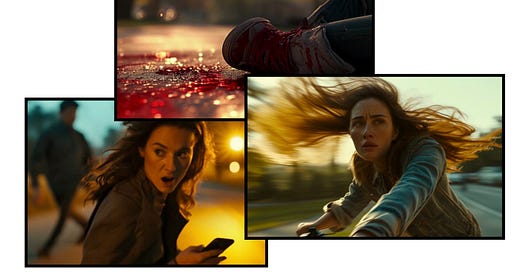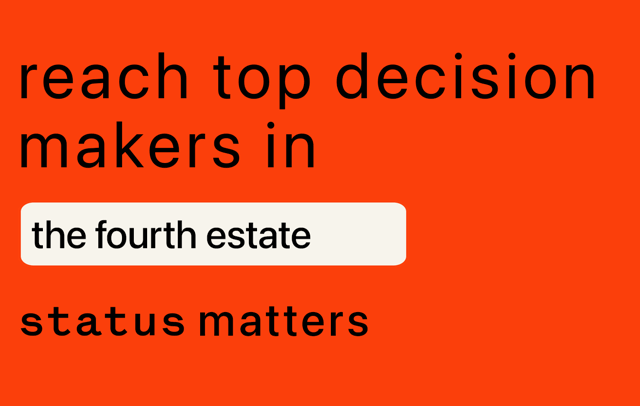'Show' Biz: AI Storyboarding Changes How We'll Pitch Scripts
New tools visualize the words on the page, enabling buyers to see what a writer or producer imagines. The screenplay format may never be the same again

Ed note: We are sharing with paid subscribers today the latest edition of the Reel AI newsletter that appears every other Tuesday at The Ankler. For access to Reel AI and everything The Ankler publishes, including Sean McNulty's The Wakeup and columns from Richard Rushfield, you can subscribe here.
A year or so before Orson Welles chucked a sled into a roaring fireplace, he created an equally devastating work in a totally different medium that also stood the test of time. I’m referring, of course, to that fiendish prank when Welles’ radio play on Halloween 1938 convinced a very scared nation that an alien invasion was imminent, allegedly inspiring millions of Americans to leave their homes.
Welles’ prodigious talent and self-confidence allowed him to excel in two different media, producing both Citizen Kane and War of the Worlds before he turned 25. Most of us less talented souls are displaced when a new technology emerges; when I was about that age, I was just discovering that I could not really drink three dirty martinis on the same night.
The trick embedded in succeeding in Hollywood is that it, too, requires creatives to shine in two distinct storytelling forms: One must be able to tell a story on the page and cinematically, often even to sell a screenplay. For the non-geniuses among us, not being adept in communicating ideas every which way is an impediment.
What if you could instantly, with a click of a button, turn a script into a comic book? An animatic? An interactive picture book? One of the more understated disruptions that AI is bringing to Hollywood is the rapidly emerging way in which film and TV scripts can be visualized via storyboarding tools, which I think may change everything about how we pitch — and sell projects.
The basic idea of a text script — dialogue and directions on 90 black-and-white, brass-buttoned pages — hasn’t changed all that much for at least 50 years. But that format still requires someone to visualize on their own what might become of these words, and let’s be frank, few executives in town are all that great at this process of visualization.
Writers are constantly told that they need to create visually engaging projects (either that, or that they need to option Stephen King novellas). With more pitches moving to Zoom, as Variety reported a couple of weeks ago, the need to differentiate your story through a visual pitch has only increased. Yet all but a few are priced out of great decks and storyboards for their scripts.
We’re almost two years into this AI boom. We’ve covered AI script services and other tools that allow lower-level executives to spend less time on coverage and more time playing Candy Crush. We’ve seen writers freak out at the idea of AI-generated scripts. We’ve explored CEOs obsessing over how AI could make things faster and cheaper. But what if, in the words of Steve Jobs, AI — specifically storyboarding AI — made us “Think Different?”
In this article, you’ll learn:
How pitching projects will change — and become much faster
How to use AI storyboarding to create a shot list and visualize them
What you can then do with those images
What these tools cost
The lingering limitations of AI image generators
The democratizing power of these tools in terms of who gets to tell stories
Two new startups on the horizon that want to change the screenplay itself
The long-term possibility of using these kinds of storyboarding tools to create new IP
A Camera In the Eye
Welles famously wrote that “a film is never really good unless the camera is an eye in the head of a poet.” To which I would add: If you’re not a poet, and you’re pitching to an executive who also isn’t a poet, please make it easier for all of us to envision a project.
AI is tackling this through storyboarding tools, of which there are several:






